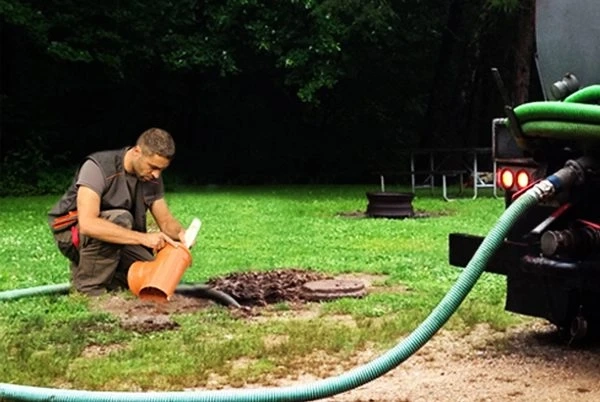We all use toilets and flush at home, but never really think about what happens to the wastewater. In rural areas of Rio Grande, where homes are not connected to public sewer lines, septic systems are used for wastewater treatment. When you use a septic system, you also need to be aware of it; we mean, its components and how the system works. That is why we share a detailed beginner's guide on Rio Grande Septic Systems.
We know you also use a septic system for wastewater treatment at home; otherwise, you wouldn’t be reading this blog. So, let’s start reading and learn everything we can about septic systems.
What is a Septic System
First of all, a septic system is an on-site wastewater treatment and disposal system for homes not connected to municipal sewer lines. It consists of a septic tank, a drainfield, also known as a leach field, and pipes to transport waste between the home and both components. This system naturally treats household wastewater coming from sinks, toilets, and laundry, and recycles it back to the environment.
Septic System Facts
Here, we discuss a few interesting facts about septic systems that you should be aware of.
- To break down organic waste, septic systems depend on anaerobic bacteria, which are crucial for decomposing solids into effluent and sludge.
- Excess water usage can overwhelm a septic system, leading to solids flushing into the drainfield, resulting in clogs and system failures.
- The drainfield uses soil filtration to purify wastewater, and if the soil is compacted or saturated, you will likely experience backups.
- Pouring chemicals like drain cleaners or bleach is bad, as they can kill anaerobic bacteria.
How Does a Septic System Work?
We are halfway through this blog, and will now learn how Rio Grande septic systems work.
- Your household wastewater travels to the tank through a drainline, connecting your home to the tank.
- In a septic tank, heavier solid waste sinks to the bottom forming sludge, while lighter materials such as grease and oil rise to the surface, creating a scum layer.
- A tee on the tank’s discharge side sends the water contained in the middle section of the tank into the drain lines that connect to the drainfield.
- Sludge and scum stay in the tank; however, when new water enters the tank, an equal amount of liquid is sent to the leach field for recycling.
Septic System Maintenance Tips
If you want your septic system to function properly, follow the maintenance tips below.
- You should empty the septic tank with professional pumping services every 3 to 5 years.
- Keep records of every septic system maintenance and pumping service.
- Ensure that gutters, downspouts, and sump pumps direct water away from the septic tank and leach field.
- Avoid flushing tissues, paper towels, flushable wipes, feminine hygiene products, etc., down the drains.
- Don’t pour cooking oil, grease, paints, solvents, or harsh chemicals down the drains.
- Distribute laundry, dishwashing, and showering like activities and give your septic system time to process the wastewater.
We are 505 Portable Restrooms, a company offering professional services for Rio Grande septic systems since 1985. Whether you need a complete replacement, repairs, a simple inspection, or septic pumping, we will be glad to help you. Need porta-potty rentals, portable sinks, or pumping services for your RV? We are a one-stop solution for all your needs; just give us a call and book your service.


